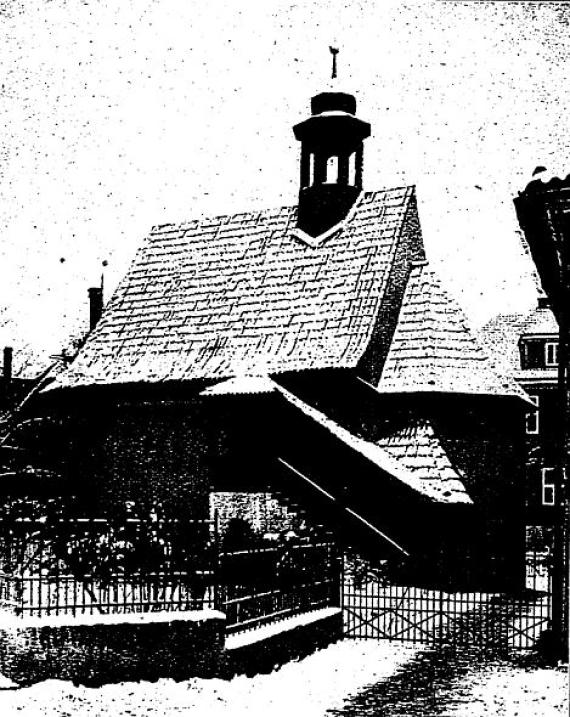Ketschendorfer Straße 30
96450 Coburg
Germany
A synagogue (judenschul) already existed in the Middle Ages. It is first mentioned in a document in 1393 and was located in the Judengasse near the Judentor. A more exact localization is not possible. In 1433 a precentor is mentioned. A richly illuminated Hebrew manuscript (Torah), written in 1390-1395 by the scribe Simcha ben Samuel Halewi for Jacob Meir ben Owadia in Coburg, testifies to a rich intellectual life of the Coburg Jews. After the expulsion of the Jews from Coburg, the synagogue was transformed into a Christian St. Mary's Church in 1447 with the help of a large donation from a Coburg citizen. How long this church existed or when it was demolished is not known.
Families who moved in during the 19th century could use the private prayer room in the Simon family home on the High Holidays, but they were not invited there on ordinary Shabbatot. The congregation, founded in 1873, applied to the city council for permission to convert the Chapel of St. Nicholas into a synagogue. This had remained little used for some years since the Catholic parish was able to consecrate the Church of St. Augustine in 1860. Between 1860 and 1873, occasional Protestant services were held for the residents of the poor and old people's home. Coburg's city council approved the use and granted the Jewish community the right to use the chapel "for its sole and eternal use." In the course of 1873, the reconstruction was carried out. Among other things, a women's gallery was installed that extended far into the room, to which an interior staircase and a covered exterior staircase led. In the altar area a Torah shrine was inserted, in front of it stood the reading desk (Almemor) for placing the Torah scroll.
The synagogue was closed, the keys and the community archives were confiscated. The Torah scrolls and the rituals could be taken to the apartment of the preacher Hermann Hirsch. At first, there were no more services; as of May 1933, prayer meetings could again be held in a prayer room in the apartment of Preacher Hirsch. This prayer room was destroyed with inventory and rituals during the November pogrom in 1938, the Torah scrolls were burned.
Nothing remained of the furnishings from the synagogue period in the Chapel of St. Nicholas. Above the entrance gate remains of Hebrew letters are still recognizable: "Sä HaSchaar LaJJ" = "This is the gate to the LORD". The St. Nicholas Chapel remained unused until 1945. After renovation work, the free church congregation of the Baptists moved into the building after the war (until 1961). Since 1962, St. Nicholas Chapel has been used by the Old Catholic congregation for services. It has been extensively restored several times, most recently from 2000 to 2002.
The chapel is used for beyond the use as a place of worship of the Old Catholic parish for cultural events, which serves above all also the interreligious understanding between the Abrahamic religions. Thus, among other things, events in the "Week of Brotherhood" take place here.

Add new comment